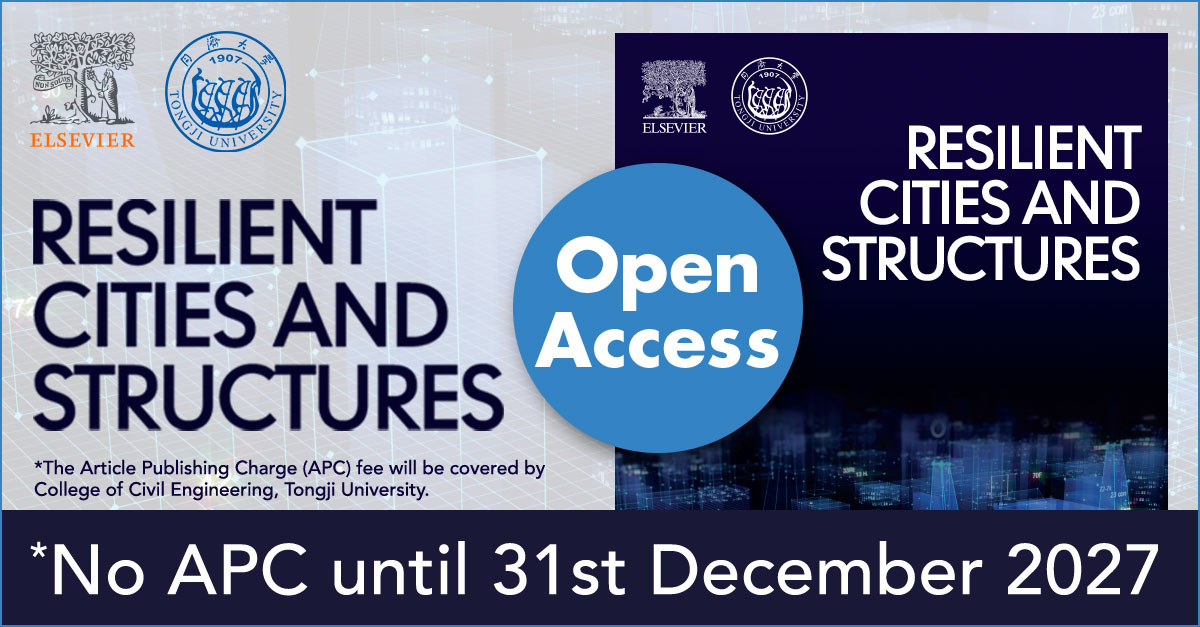Learn, Connect, and Innovate
Our webinars bring together global experts, researchers, and practitioners to share cutting-edge insights, innovative strategies, and real-world applications in resilience, urban planning, and structural engineering. Whether you’re exploring new methodologies, seeking solutions to pressing challenges, or expanding your professional network, IARCS webinars offer a dynamic platform for learning and collaboration. Join us in our mission to create resilient cities and structures through interactive discussions, thought-provoking presentations, and global knowledge exchange.



